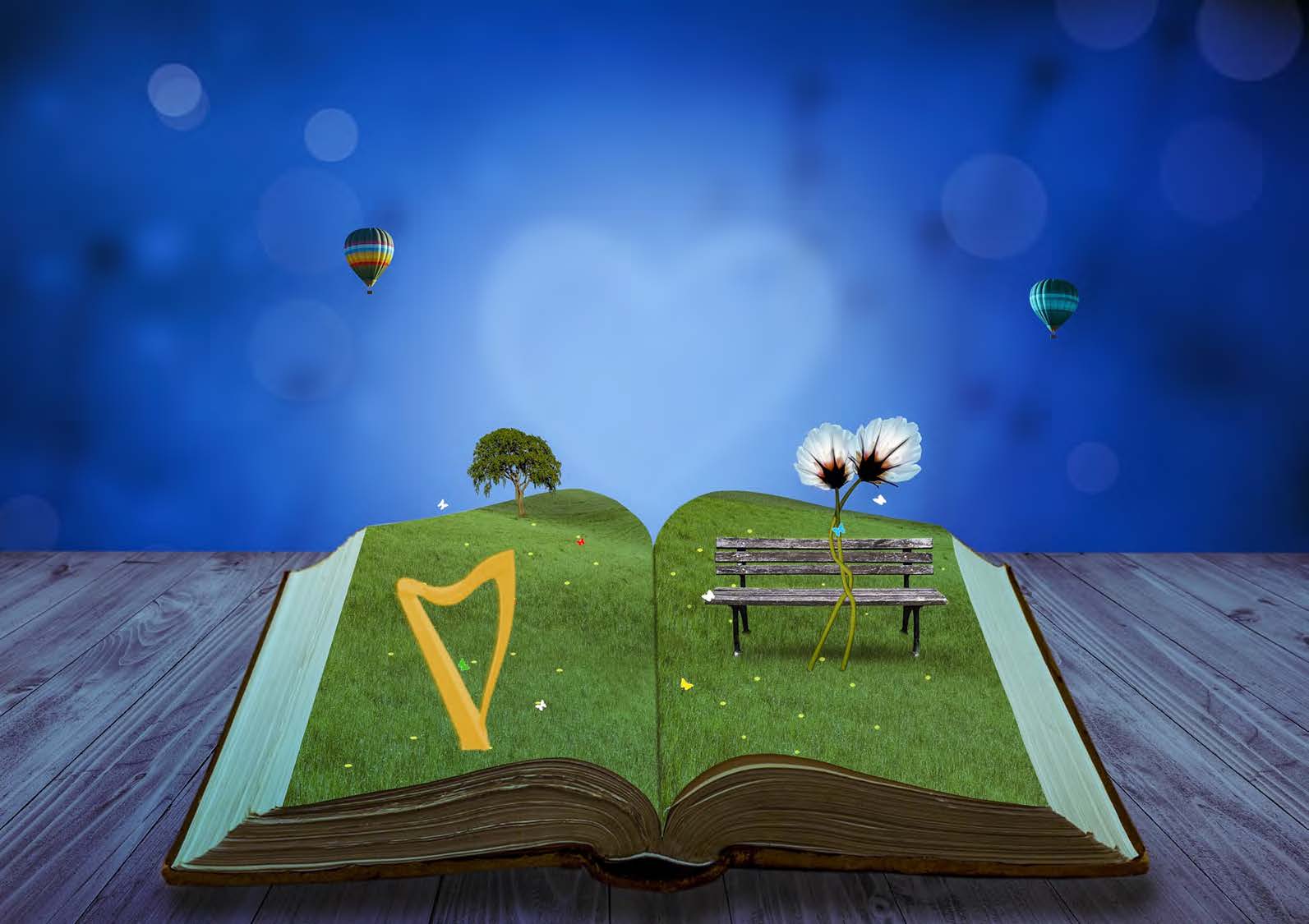Ever looked at your bookshelf and realized that you have about 100 versions of (in effect) the same book? I have – and it’s not entirely pretty. It’s the How To book collection…
I have a lot of “how to” books – how to cook, how to garden, how to measure things, how to calculate what those measurements mean, how to knit, how to relax, how to be creative, how to teach, how to repair your house, how to fly an airplane, how to decorate, how to get rid of everything in your house, how to play the harp … the list goes on and on.
They are filled with details. After all, I don’t need to smooth the plaster over a statistical analysis (ok, that’s debatable if we are being conceptual, less so if we’re being concrete).
When push comes to shove though, they all pretty much say the same thing – be organized, be familiar with the steps, do a test, then do the thing. That might be some of the least useful information in each of those books.
What are the most important things then? you might ask. They’re buried in the book somewhere. Often, it’s only a sentence, in the middle of a paragraph, unhighlighted, unremarkable, and unrelated to each other. They are some version of:
The more you do it, the more comfortable you’ll feel.
and
Once you know the rules, feel free to do your own thing.
Because when you know the rules, you know which ones are real rules that cannot be broken with impunity, which can be broken but at your peril, and which are merely strong suggestions – guide rails for the uninitiated, which can be freely broken by the mavens.
We can break those down to be more useful. The first one is pretty clear – practice practice practice. The more you do something (correctly and preferably with feedback), the easier it will be to complete and the better you will do it. No surprise there.
The second one has a more mysterious translation. And it is by far the scariest. What it really says is, “to thine own self be true” – Thanks Polonius for help/not help. So, let’s pull it apart a tiny bit more (because after all, I’m no Shakespeare scholar!) – the modern way to say it is to “have your own voice”. How do you know what that sounds like? Well…..
First you have to know the rules to break them. And by “know” we mean inside and out. A shaky knowledge of the boundaries doesn’t result in cutting edge – just sloppiness.
Next you need to know how much rules can bend and still be unbroken. Some rules “change color” as you gain experience – because your experience allows you to see relationships you were unprepared to predicted before.
Finally, you must understand which are really guidelines. Following these leads to pablum – playing that is ok and offends no one – but also doesn’t excite anyone.
Which brings us back to be yourself. As you grow as a musician you can learn the rules and follow them. Or you can internalize those rules and use them to find you voice. What rule are you interacting with just now? I want to hear it – and how you’re finding your own voice – let me know in the comments!

